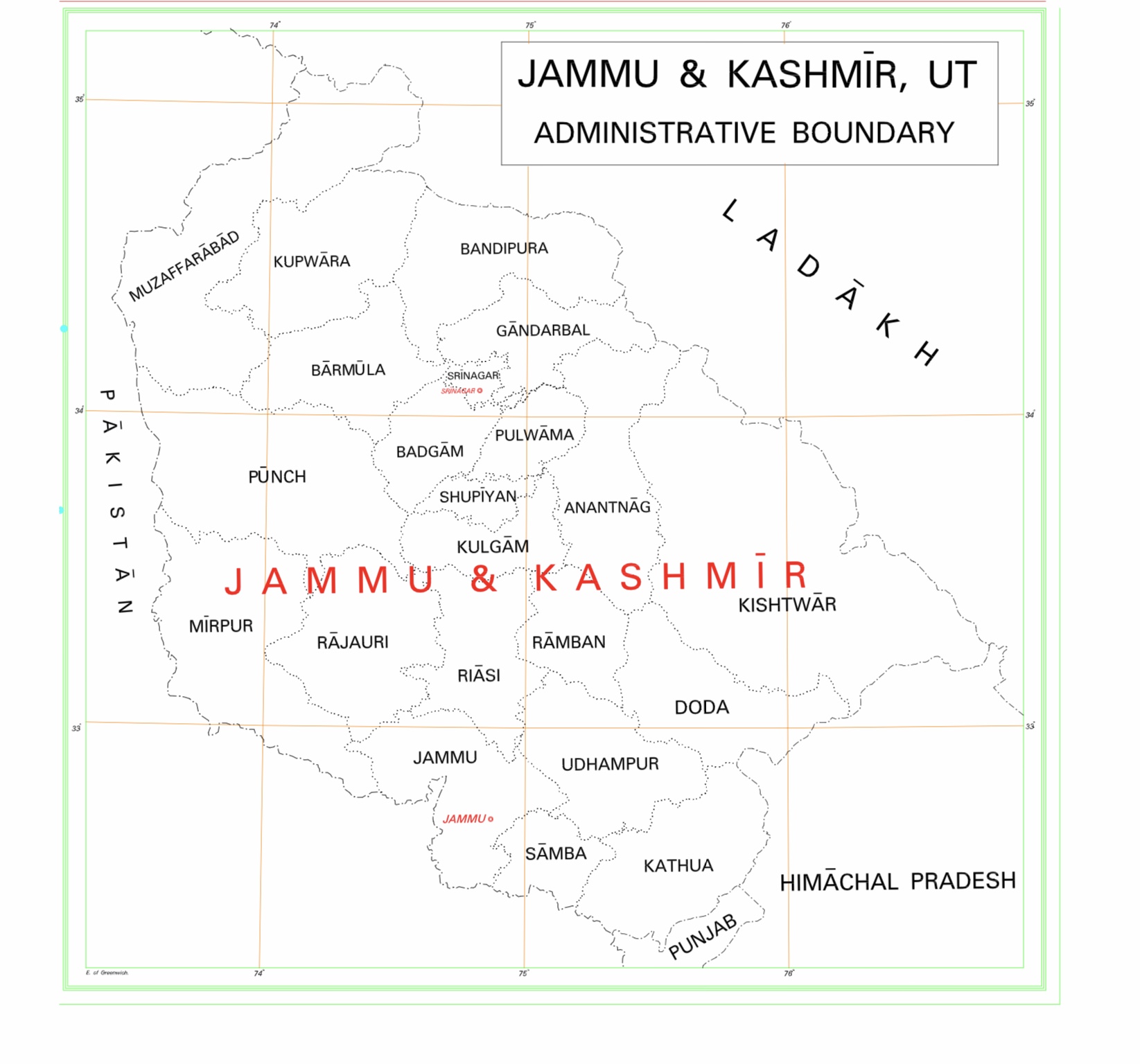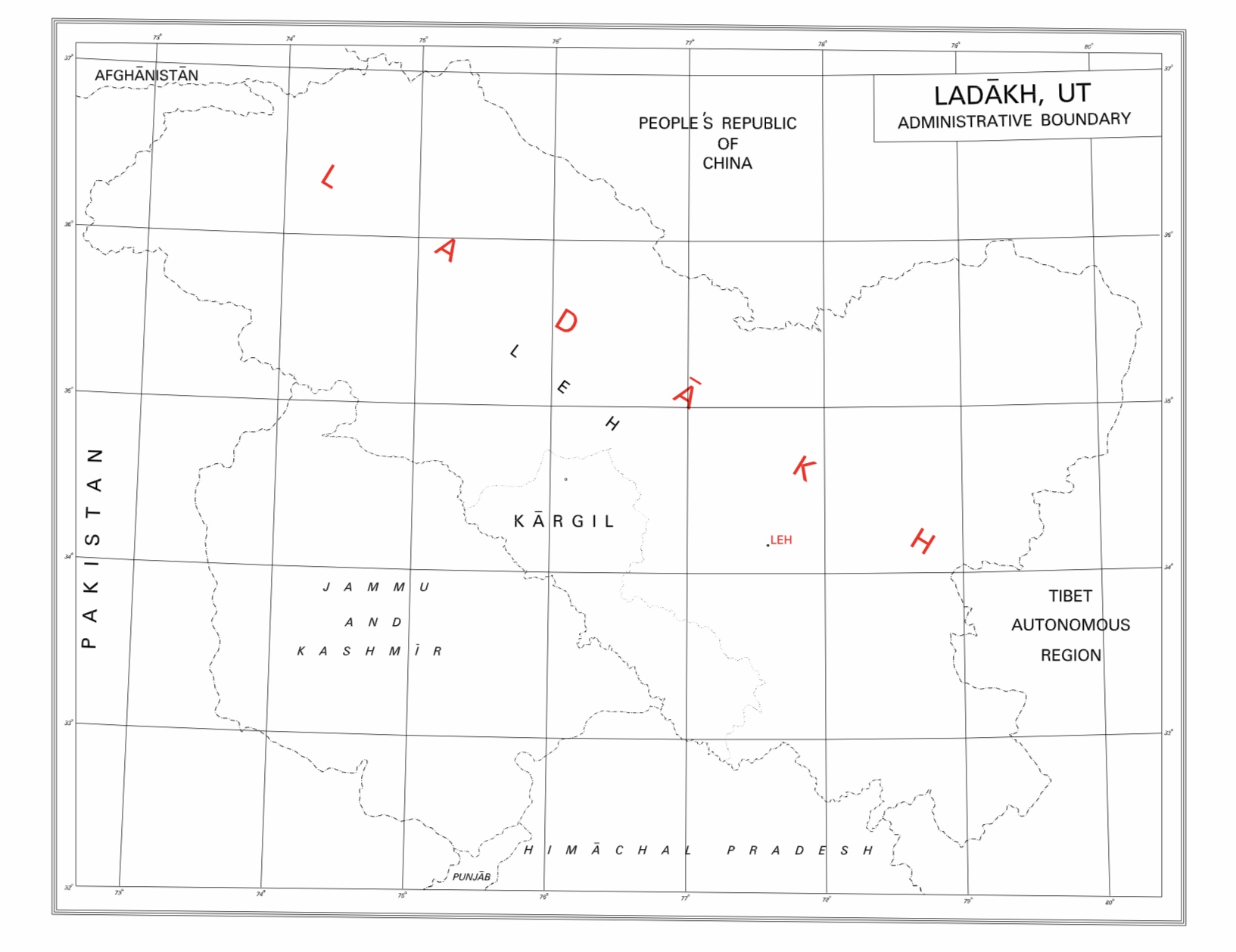


With every step, the government seems to unravel what it sought to achieve with the 2019 constitutional changes on J&K. Given the record, we can only try to imagine what the vision was.
With just about everything the government has done in Jammu and Kashmir since taking hands-on control of the place in August 2019, it has managed to distress both Jammu and Kashmir—and, more recently, Ladakh too. Initially, only Kargil district was upset, but even Leh district is now demanding restoration of special status.
This week, it’s the delimitation of seats for a new assembly for the union territory of Jammu and Kashmir, the proposals for which were finally made public on Monday after 21 months of deliberations.
Kashmir-based parties, both pro-government and anti-government ones, rejected the proposals, as did politically conscious citizens in the Jammu division.
Policy drift
As time has gone by over the two-and-a-quarter years, a policy drift has become increasingly apparent. It now seems that, for all the big talk, policymakers didn’t actually have a coherent vision or blueprint when they made the momentous move—apart from fulfilling a longtime promise to long-time cadres.
The then chief secretary didn’t allow the first lieutenant-governor, who appeared to be quite well-meaning, to function. The current LG has been more dynamic but, a year-and-a-quarter since he took over, appears to be at sea on vital priorities.
While there has been no credible effort to gear up primary education, for instance, or to facilitate micro-businesses (both vital if the situation is to improve long-term), the past weekend brought even electricity supply to a halt amid a breakdown of talks with striking electricity workers.
Almost the only one who seems to be shaping worthwhile change dynamically in the erstwhile state is citizen activist Sonam Wangchuk, whose latest achievements involve solar heating. Kudos!
Both regions unhappy
The delimitation proposals go only slightly farther than would have been expected under any government. No wonder those who expected radical change after the constitutional changes, and dynamism in policies and governance, feel betrayed.
If this was all that was to happen, one wonders if doing away with the state was worth the international opprobrium, the ground-level angst, and the security risks that have emerged from east and west—including the issue of the state’s future being taken up again at the UNSC.

Ironically, both regions have described the delimitation proposals as being against their region. The Kashmir Valley is upset that the gap between the number of constituencies in the Jammu region and the Valley has decreased. The Jammu region is upset that it still hasn’t been given as many seats as the Kashmir Valley.
The fact is that even the previous delimitation commission had, in the early to mid-90s, felt that a smaller gap was fair. However, fearing a political backlash in the Valley and assured that Jammu was at that stage politically quiescent, the authorities had only allowed a minor change in Jammu’s favour.
MPs responses sought
The delimitation commission is meant to be independent, but the fact that the BJP is the only prominent political party that seems to accept the proposals indicates that key elements in the government are on board.
All MPs from the state are meant to be associated with the commission, but have not been included in its deliberations so far—until the commission sent its proposals to the associate members for their responses this weekend.
The National Conference said it rejected the proposals, and that its three Lok Sabha members would send a formal response by the 31 December deadline. It is unlikely that the MPs’ responses will make a dent, however.
The area factor
Activists in the Jammu division have long argued that delimitation must take into account both demography and geography. While census figures show that the Kashmir Valley has a substantially larger population, the Jammu division sprawls across a much larger area.
Since the terrain is often tough, there is an argument for facilitating access to MPs in far-flung areas. Kishtwar district, for instance, is two-thirds the size of the entire Kashmir Valley (ten districts). Already, the geographical argument undergirds the demarcation of constituencies for relatively fewer voters in Ladakh and Gurez-Tuleil.

Some Jammu activists also hold that the census has sometimes been fudged to enhance the Kashmir Valley’s numerical advantage. Some of them had hoped that the new delimitation would wait until at least the census that was due in 2021 was conducted.
In fact, there was a legal restriction on any fresh delimitations until after the 2031 census, but the government decided in its wisdom to give that a go-by.
Political activity up
The delimitation proposals have given a fresh fillip to the union territory’s political parties. The prime minister’s meeting with their top political leaders last summer (of which the main feature was the photo-line-up) had already boosted their profile.
Those among them who had vociferously opposed the constitutional changes of 2019, had been rather tentative when they contested the district development board elections a year ago. Top leaders held no rallies.
However, those elections did serve as a watershed, bringing political leaders back into the public space from which they were arbitrarily and pretty forcefully banished the day the constitutional changes were announced.
It worked, though. A sober analysis of what happened that day would acknowledge that the sidelining of the political class was the only popular aspect of all that was done with regard to the erstwhile state that day.
People by and large, across the new union territory and in the Kargil district of the new Ladakh territory, were unhappy that Article 370 of the constitution had been neutralised, that Article 35-A had been removed, and the state demoted to two union territories. In fact, many were utterly aghast. However, people at large across Jammu and Kashmir initially welcomed the sidelining of politicians, whom they generally perceived to be corrupt, effete, and inept.
BJP prospects limited to Hindus
Region-based complaints of discrimination are likely to become an electoral issue on both sides of the Pir Panjal whenever elections are held. However, given the political environment in the country, Hindu versus Muslim polarisation could be a much bigger factor.
That would of course help the BJP in the four-and-a-half districts (out of 20) where Hindus are concentrated. However, polarisation would push Muslim dominated constituencies in the Jammu division even further from the BJP than they would in any case have been. Poonch and Rajouri districts are Muslim-dominated, and Ramban, Doda, and Kishtwar have large proportions of Muslims.
The results of last winter’s DDC elections indicated that the National Conference stands the best chance of winning an assembly majority if free and fair elections are held. NC might form a coalition with either the PDP or the Congress, or both. The CPI(M), which has consistently won the Kulgam seat since 1996, could back them.
Summer time blues
Of course, elections are unlikely before summer. Not only does the terrain and climate make it tough to conduct elections in winter, the delimitation commission will need to finalise its recommendations after associate members’ (MPs) give their responses. In case spring is preferred, the fact that Ramzan is in April ought to be considered.
Developments along the borders and in Afghanistan, militant trends in the Kashmir Valley, and the prolonged skirmishes in Rajouri in October all indicate the possibility that elections might only raise the temperature of what will already be a long hot summer.